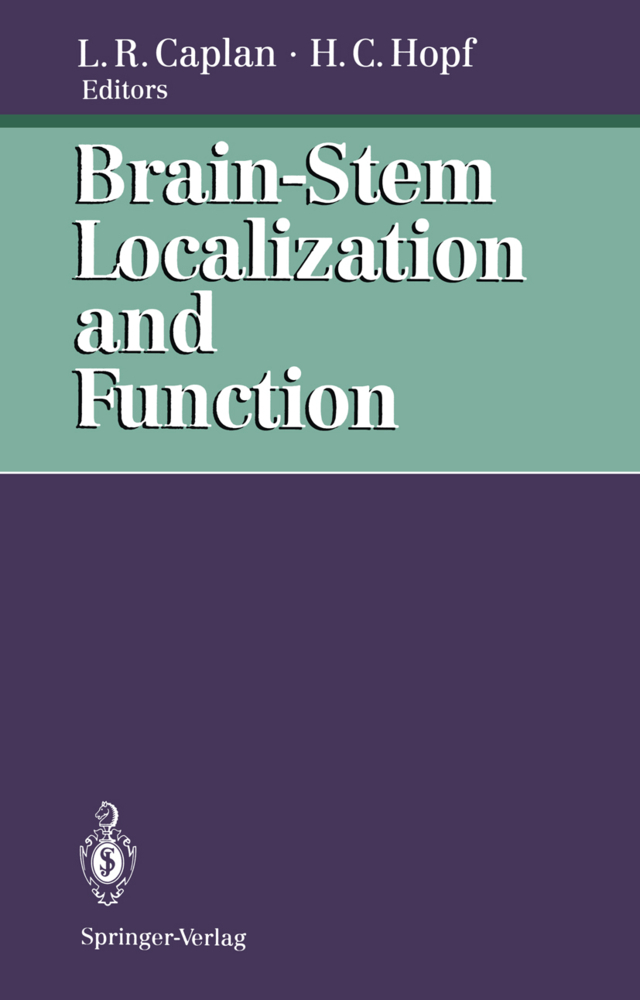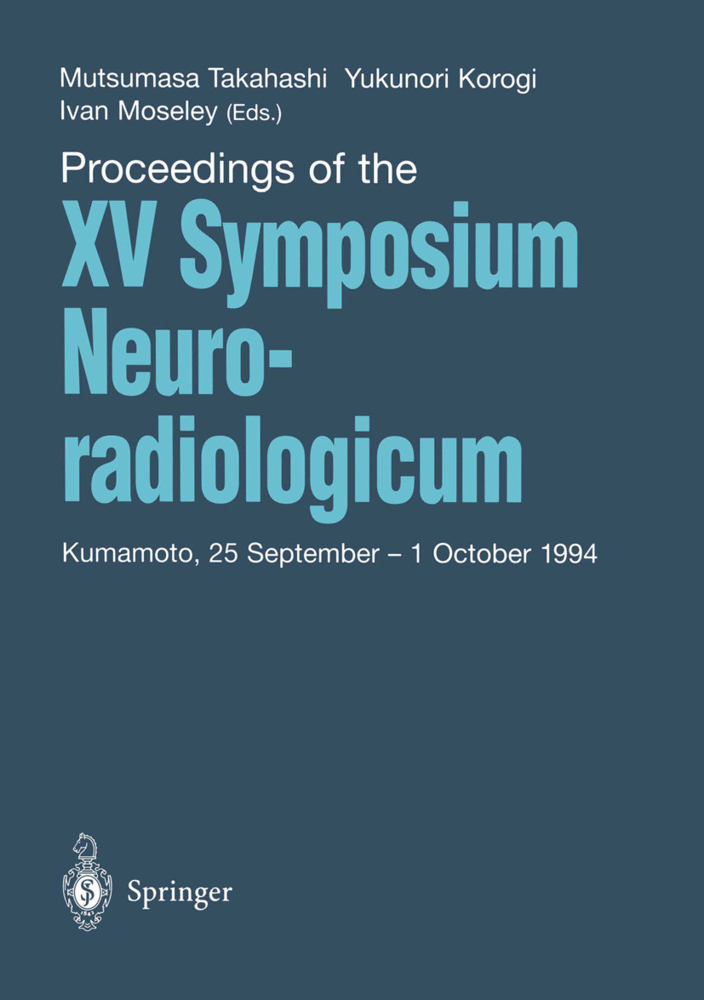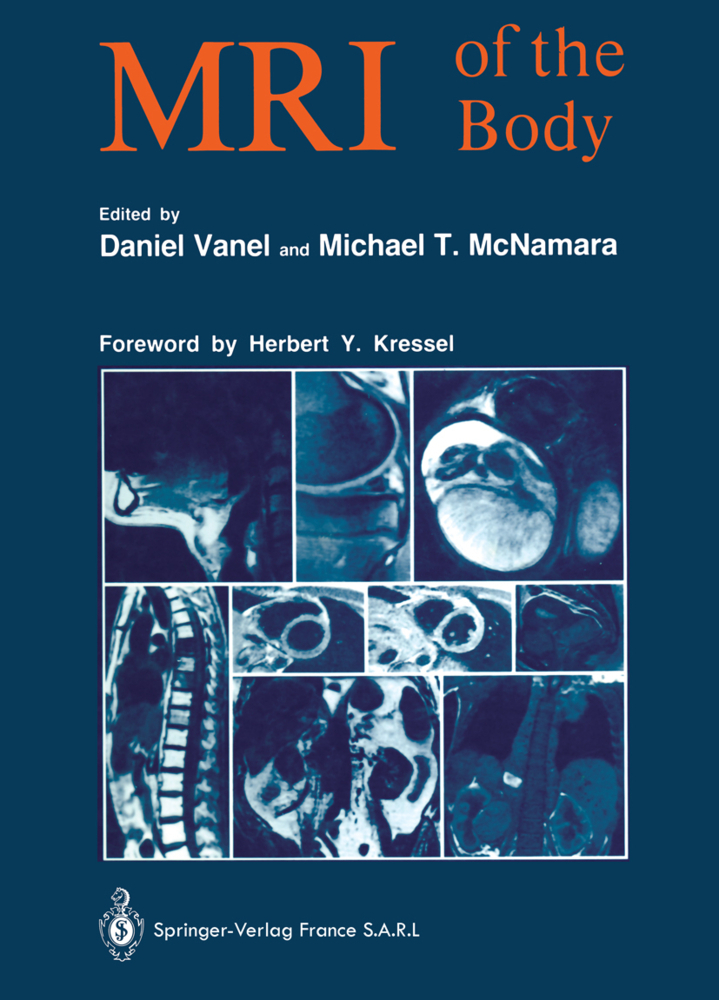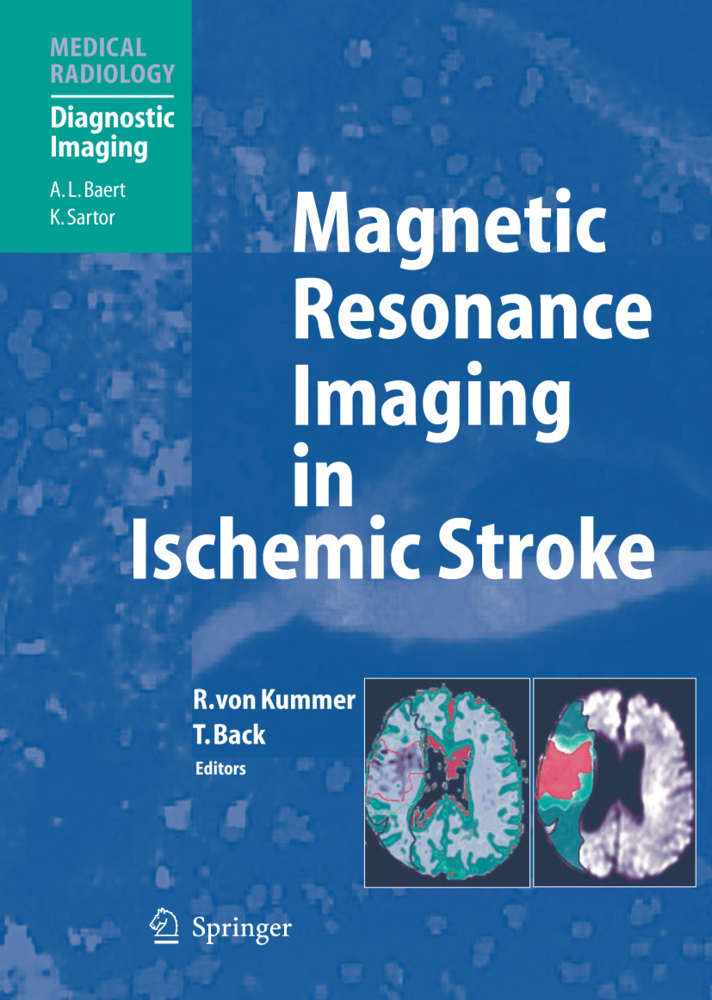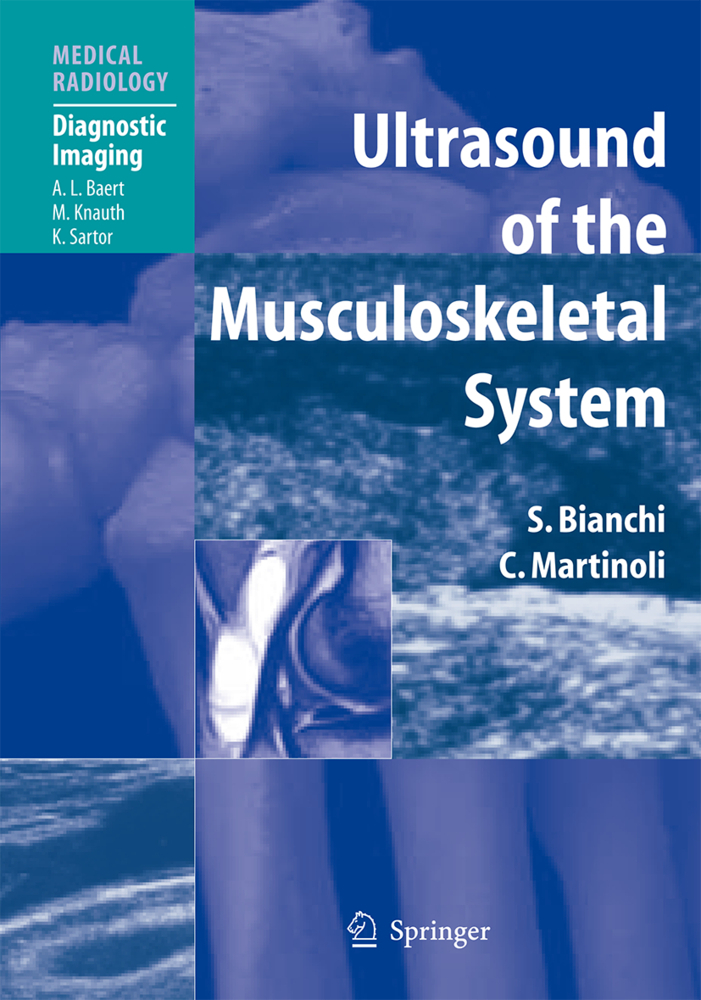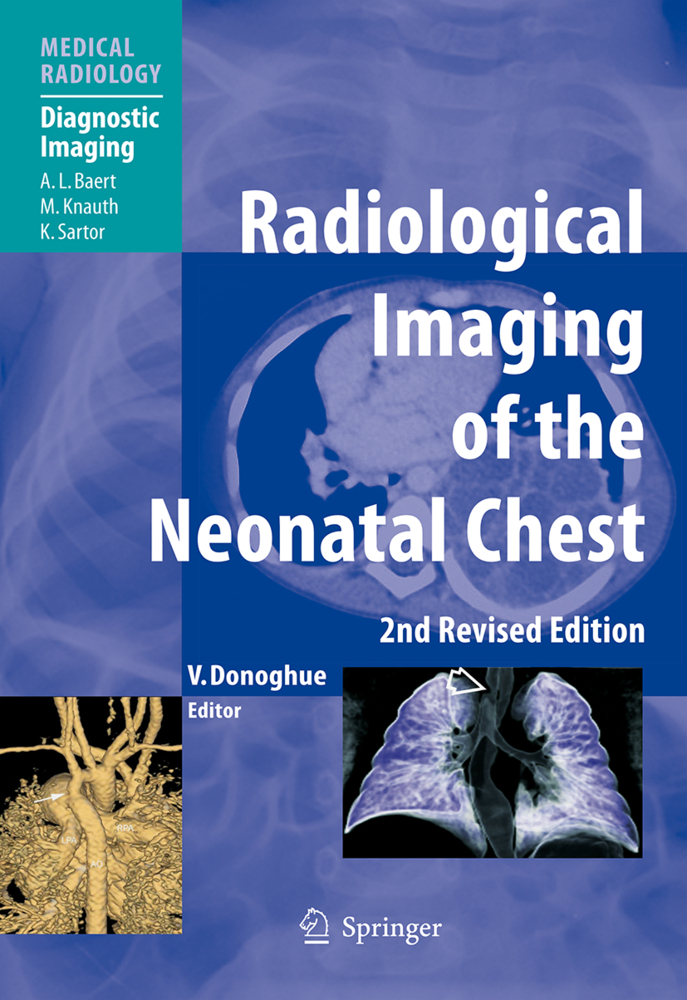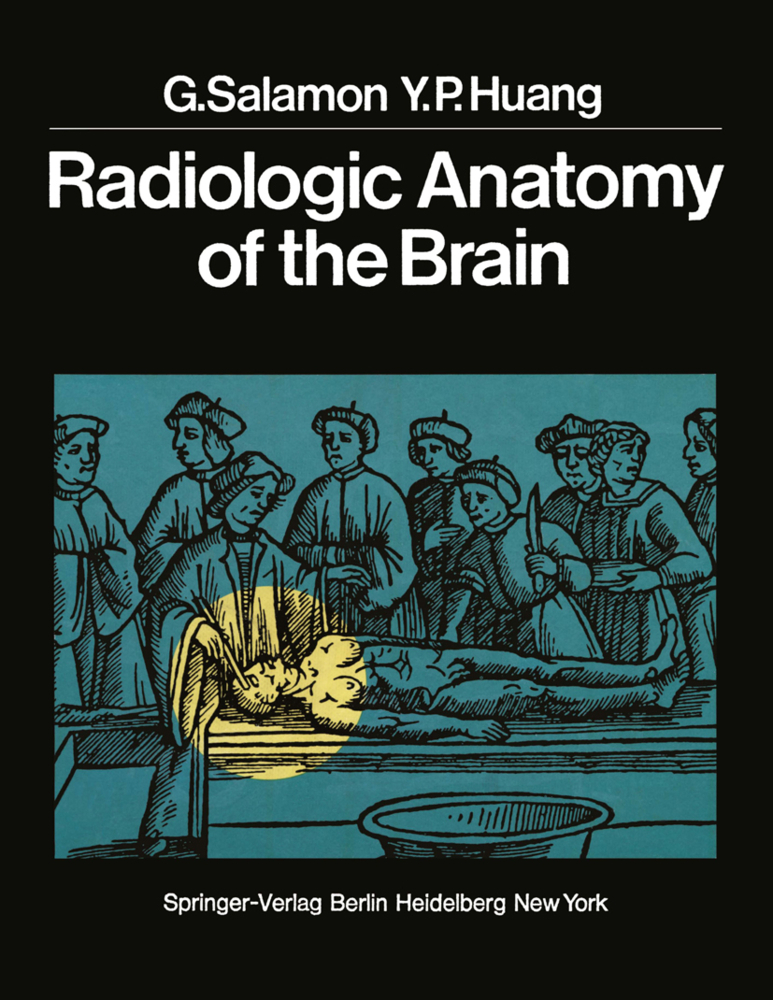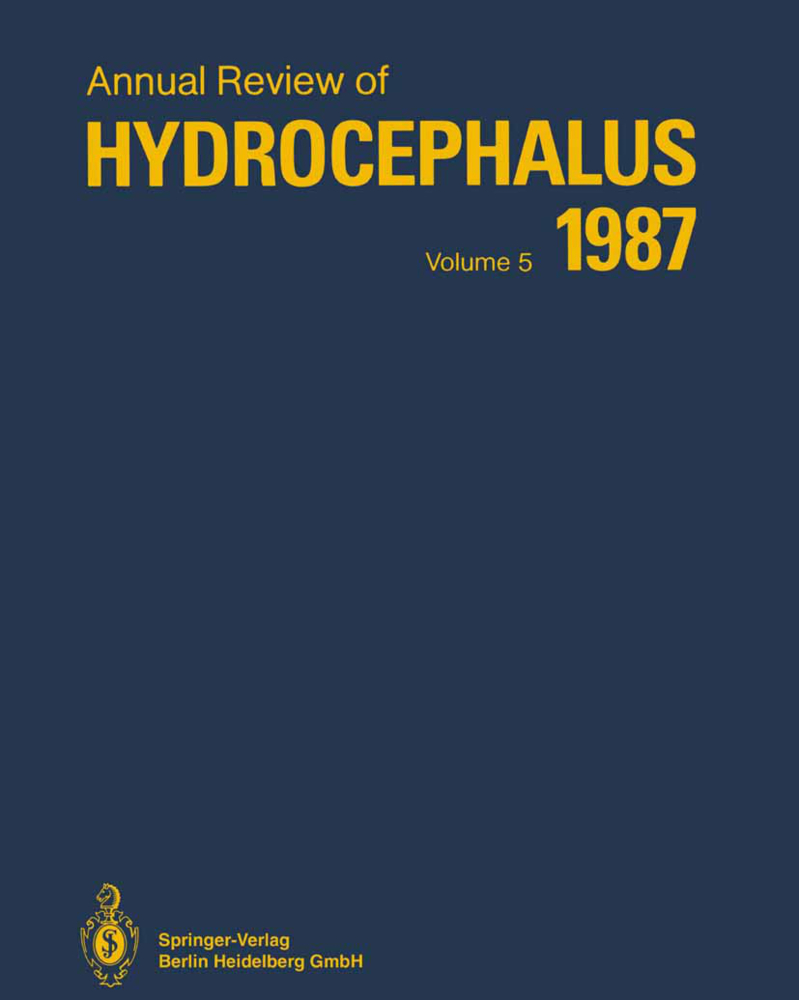Brain-Stem Localization and Function
Brain-Stem Localization and Function
The brain stem and cerebellum are structures that have fascinated and puzzled physicians, anatomists, and physio logists for centuries. Relatively small in volume compared to the much larger and more majestic human cerebrum, and hidden away in relative obscurity in the back of the head under the protection of the bony posterior fossa and the firm dural envelope, the tentorium cerebelli, these critical neural structures defied precise study during life until very recently. Recent advances in brain and vascular imaging and improved understanding of brain-stem reflex and tract functions and their measurement by electrophysiological techniques have presented an opportunity for clinicians and researchers to better study, during life, patients with stroke and other conditions that involve the brain stem and cere bellum. A congress was held at the Neurology Clinic of the University in Mainz, April 4-5, 1992, during which clinicians and researchers reported and discussed modern topical diagnosis of diseases of the brain stem and cere bellum. This volume represents the edited proceedings of that congress. Early information about brain stem anatomy and func tions came from anatomical studies by Ludwig Turk, Paul Flechsig, Rudolph von K6lliker, Karl Burdach, Vladimir Bekterew, and Benedikt Stilling, among others, all working in Germany during the middle years of the nineteenth century. Johann Reil, a German anatomist, in the begin ning of the nineteenth century had described the structure and some functions of the cerebellum which he called the little brain ("Kleinhirn").
Contribution of Magnetic Resonance Imaging to the Diagnosis of Brain-Stem and Cerebellar Infarcts
Multifocal Ischemic Brain-Stem Lesions
Craniocaudal Disintegration of Neurophysiological Findings in Progressive Coma
Bilateral Thalamic Infarction: A Contribution to Coma Analysis
Cerebellar System, Vestibular Function, FAEP
Topical Signs of Cerebellar Disease
Is Saccadic Lateropulsion in Wallenberg's Syndrome Caused by a Cerebellar or a Brain-Stem Lesion?
Paroxysmal Ataxia and Dysarthria with a Single Lesion in the Cerebellar Peduncle
Preliminary Classification of Vestibular Brain-Stem Disorders
Electronystagmography: The Answers One Might Get
Vertigo, Masseter Paresis or Masseter Reflex Abnormality, and Impaired Caloric Response
Oculomotor Function
Oculomotor Syndromes in Rostral Brain-Stem Lesions
The Internuclear Ophthalmoplegias
Isolated Internuclear Ophthalmoplegia Following Head Injury: Magnetic Resonance Imaging and Neurophysiologic Findings
Nuclear and Fascicular Oculomotor Nerve Lesions in Brain-Stem Infarcts: A Clinicomorphological Study
A Case Report Illustrating the Brain-Stem Anatomy of Horizontal Eye Movements
The Oculo-auricular Phenomenon in Brain-Stem Disease
Sensory Functions and Trigeminal Reflexes
Correlation of Somatosensory Evoked Potentials and Somatosensory Findings in Patients with Brain-Stem Lesions
Functional Anatomy of the Spinal Trigeminal Nucleus
Somatosensory Evoked Potentials After Trigeminal Stimulation in the Diagnosis of Brain-Stem Lesions
Diagnostic Value of Trigeminal SEP and the Jaw-Opening Reflex in Brain-Stem Lesions
The Masseter Reflex in the Topodiagnosis of Brain-Stem Lesions
TheMasseter Inhibitory Reflex in Pontine Lesions
Diagnostic Localizing Value of the Electrically Elicited Blink Reflex
Facial Nerve Function and Taste
Magnetically Evoked Corticofacial Potentials of Orbicularis Oculi Muscle Conditioned by the Electrical Blink Reflex
Facial Mykokymia in Brain-Stem Disorders
Persistent Tonic Facial Contraction: A Local Brain-Stem Sign
One-and-a-half Syndrome and Facial Palsy of Peripheral Type: A Rare Brain-Stem Syndrome
The Stapedial Reflex in Pontine Lesions
Taste Disturbance Associated with Paramedian Posterior Thalamo-Subthalamic Artery Syndrome.
General Considerations
Rules for Correlating Posterior Circulation Brain and Vascular LesionsContribution of Magnetic Resonance Imaging to the Diagnosis of Brain-Stem and Cerebellar Infarcts
Multifocal Ischemic Brain-Stem Lesions
Craniocaudal Disintegration of Neurophysiological Findings in Progressive Coma
Bilateral Thalamic Infarction: A Contribution to Coma Analysis
Cerebellar System, Vestibular Function, FAEP
Topical Signs of Cerebellar Disease
Is Saccadic Lateropulsion in Wallenberg's Syndrome Caused by a Cerebellar or a Brain-Stem Lesion?
Paroxysmal Ataxia and Dysarthria with a Single Lesion in the Cerebellar Peduncle
Preliminary Classification of Vestibular Brain-Stem Disorders
Electronystagmography: The Answers One Might Get
Vertigo, Masseter Paresis or Masseter Reflex Abnormality, and Impaired Caloric Response
Oculomotor Function
Oculomotor Syndromes in Rostral Brain-Stem Lesions
The Internuclear Ophthalmoplegias
Isolated Internuclear Ophthalmoplegia Following Head Injury: Magnetic Resonance Imaging and Neurophysiologic Findings
Nuclear and Fascicular Oculomotor Nerve Lesions in Brain-Stem Infarcts: A Clinicomorphological Study
A Case Report Illustrating the Brain-Stem Anatomy of Horizontal Eye Movements
The Oculo-auricular Phenomenon in Brain-Stem Disease
Sensory Functions and Trigeminal Reflexes
Correlation of Somatosensory Evoked Potentials and Somatosensory Findings in Patients with Brain-Stem Lesions
Functional Anatomy of the Spinal Trigeminal Nucleus
Somatosensory Evoked Potentials After Trigeminal Stimulation in the Diagnosis of Brain-Stem Lesions
Diagnostic Value of Trigeminal SEP and the Jaw-Opening Reflex in Brain-Stem Lesions
The Masseter Reflex in the Topodiagnosis of Brain-Stem Lesions
TheMasseter Inhibitory Reflex in Pontine Lesions
Diagnostic Localizing Value of the Electrically Elicited Blink Reflex
Facial Nerve Function and Taste
Magnetically Evoked Corticofacial Potentials of Orbicularis Oculi Muscle Conditioned by the Electrical Blink Reflex
Facial Mykokymia in Brain-Stem Disorders
Persistent Tonic Facial Contraction: A Local Brain-Stem Sign
One-and-a-half Syndrome and Facial Palsy of Peripheral Type: A Rare Brain-Stem Syndrome
The Stapedial Reflex in Pontine Lesions
Taste Disturbance Associated with Paramedian Posterior Thalamo-Subthalamic Artery Syndrome.
Caplan, Louis R.
Hopf, Hanns C.
Besser, R.
Krämer, G.
| ISBN | 978-3-642-78174-2 |
|---|---|
| Artikelnummer | 9783642781742 |
| Medientyp | Buch |
| Copyrightjahr | 2012 |
| Verlag | Springer, Berlin |
| Umfang | XIX, 260 Seiten |
| Abbildungen | XIX, 260 p. 41 illus. |
| Sprache | Englisch |

